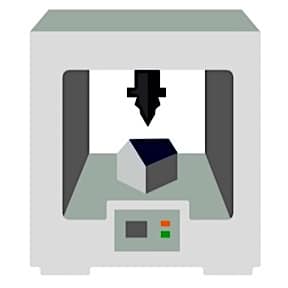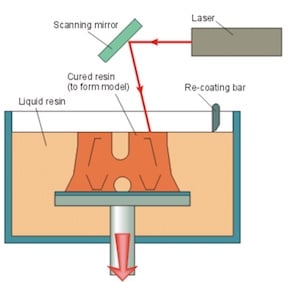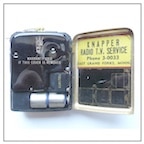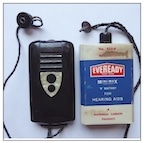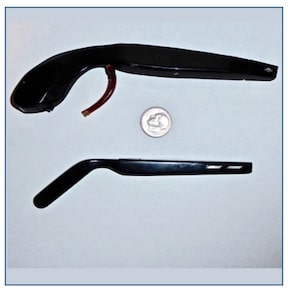Dec. 19, 2017
The Lion Roar is the Voice and Sound of Africa Old male lion Off in the distance in the savannahs of Africa, you listen, and a roar comes out of the deep, creating an uneasy trepidation. The lion’s roar is indeed the voice and sound of Africa. It sends an awesome message to the world that he is lord





